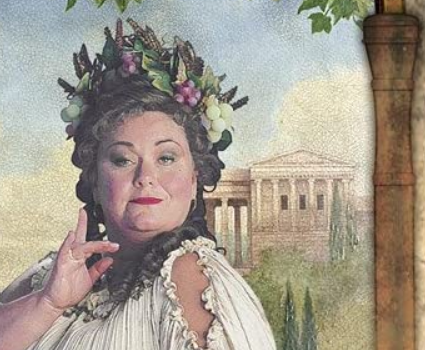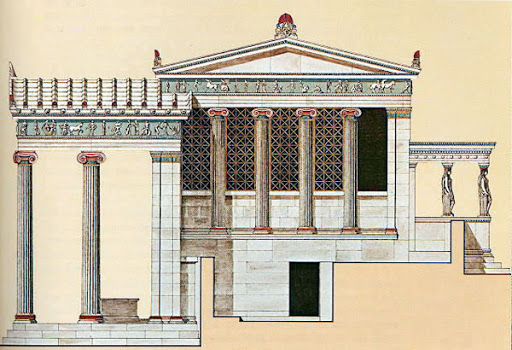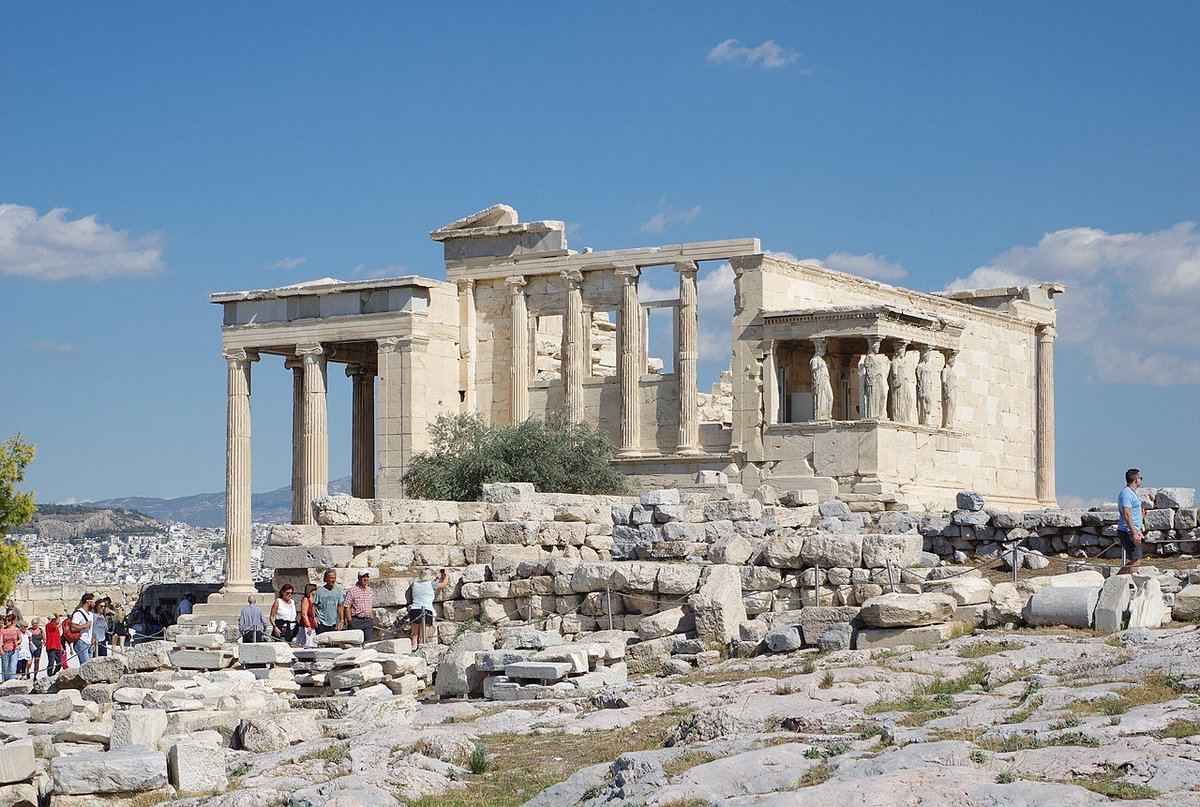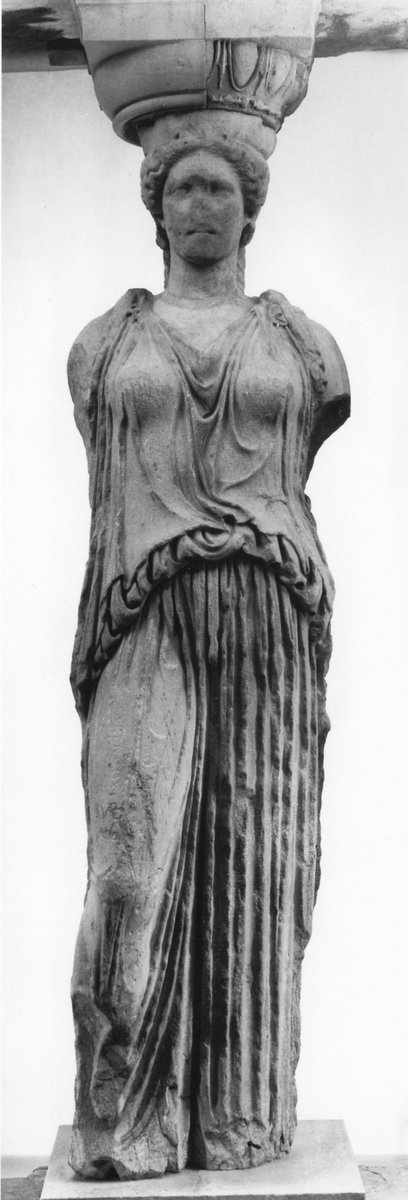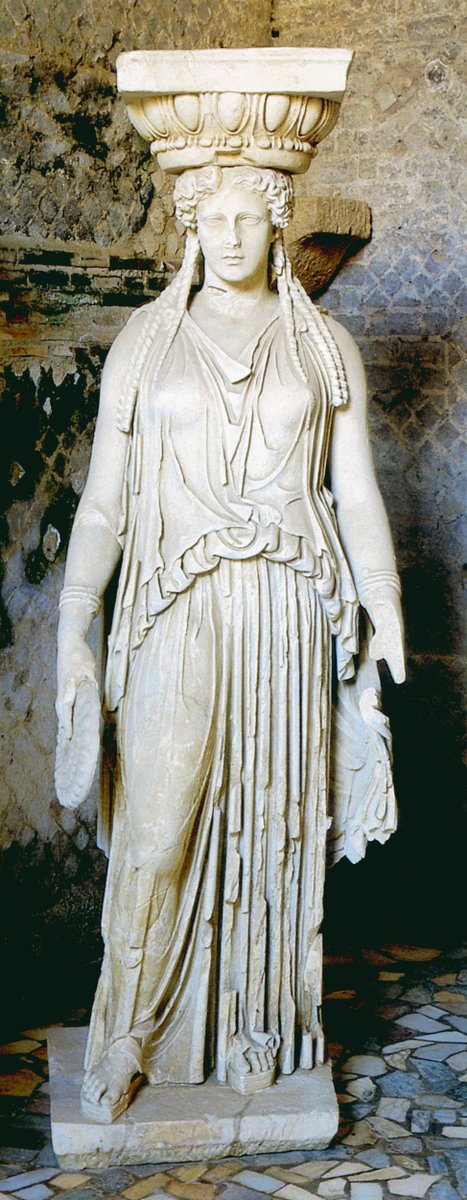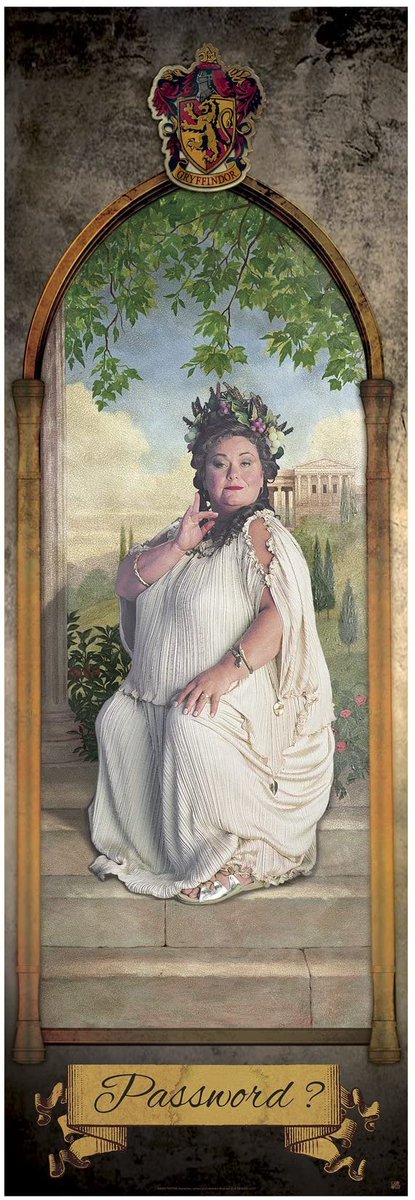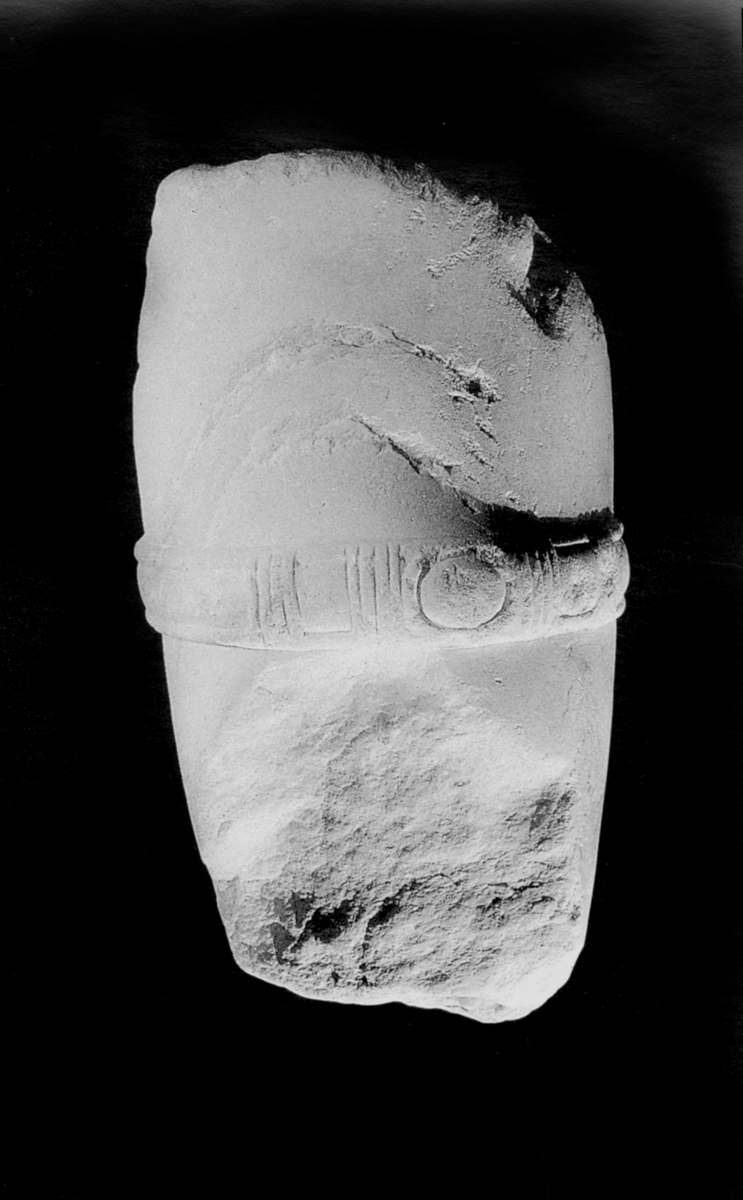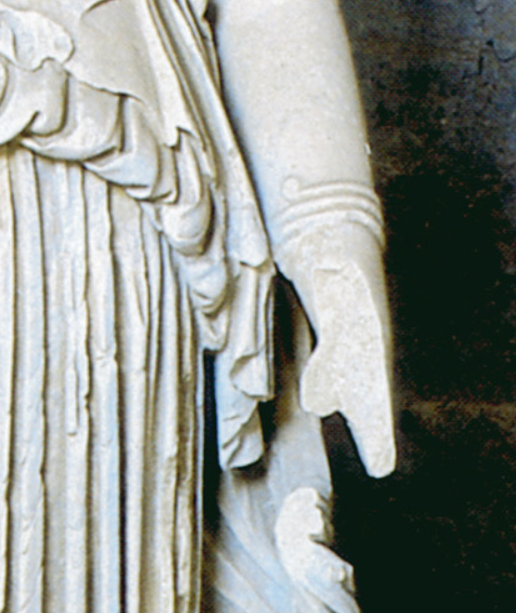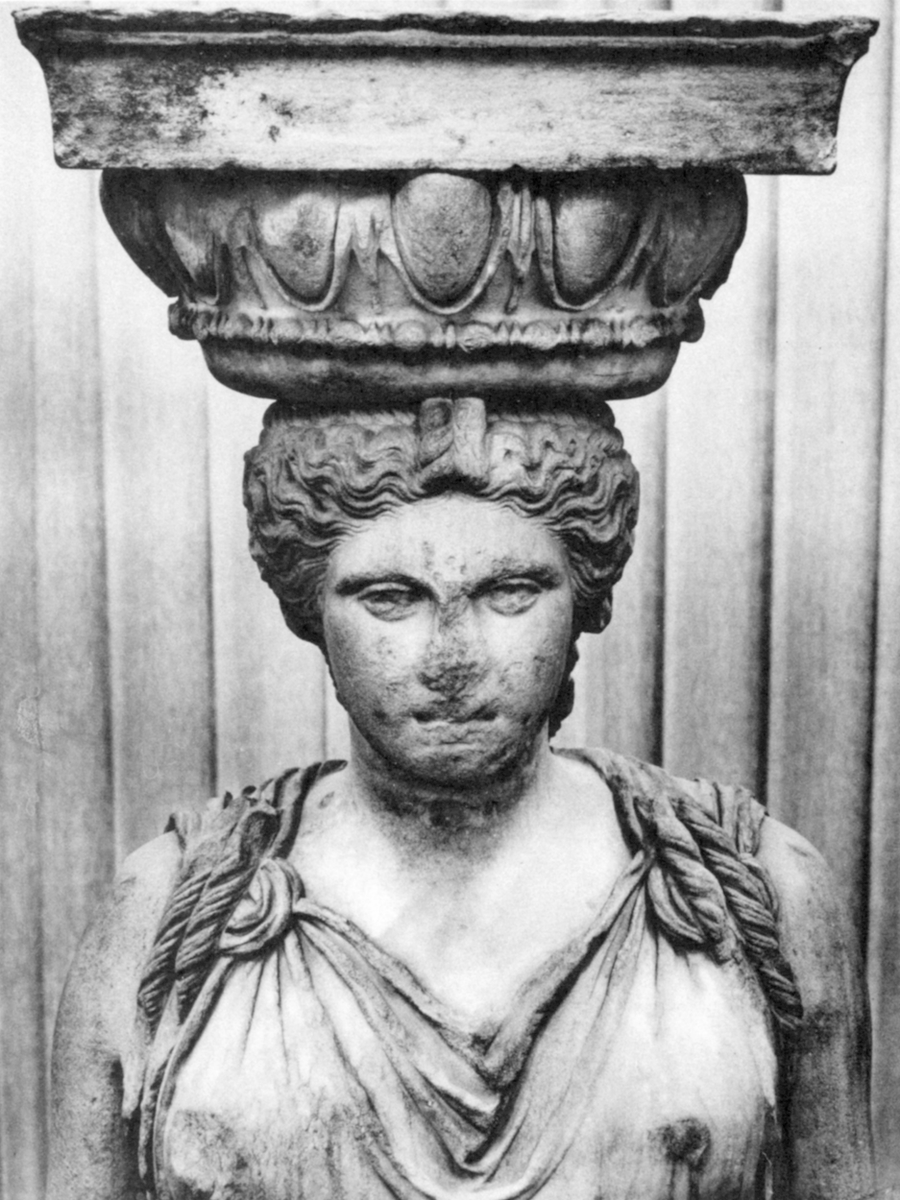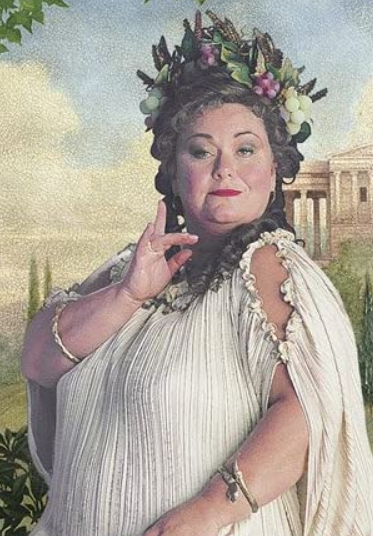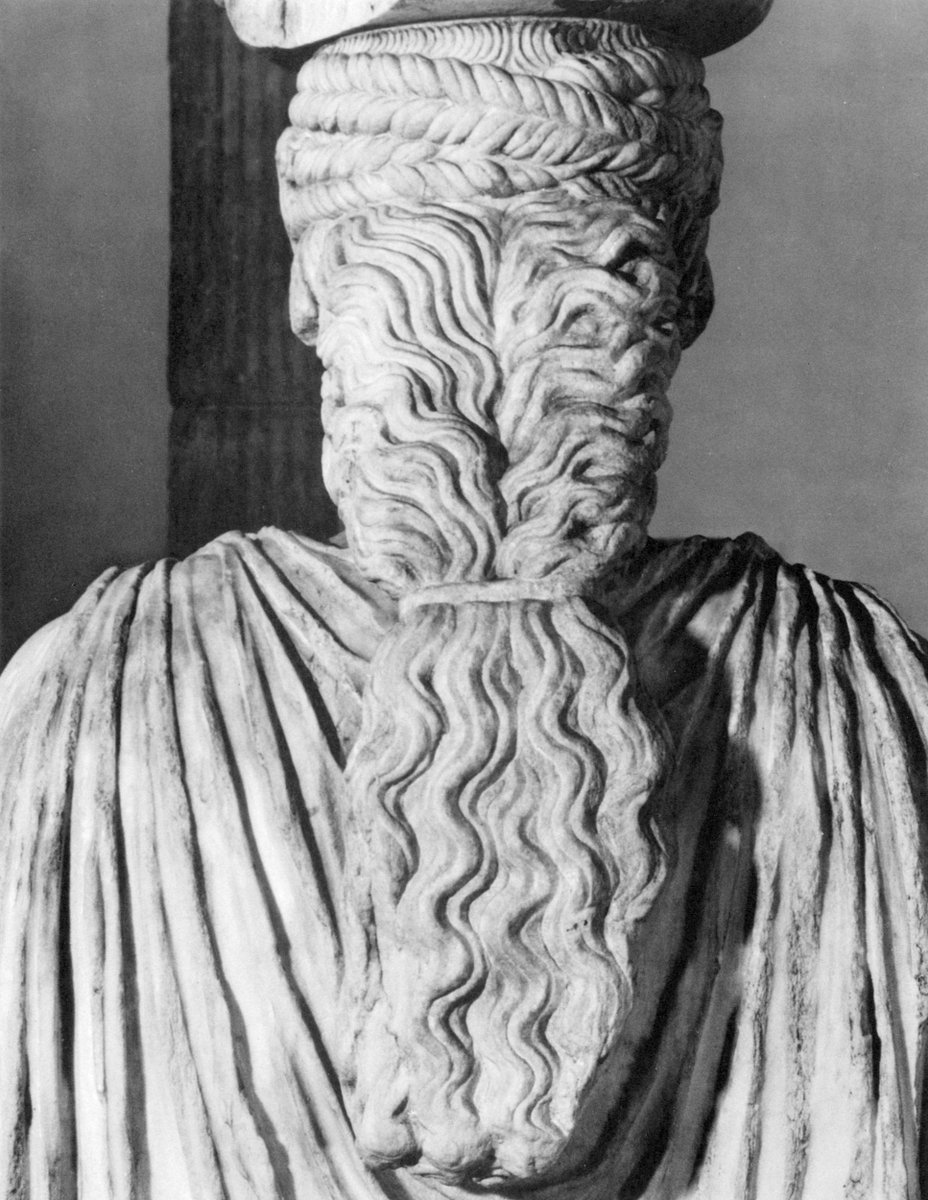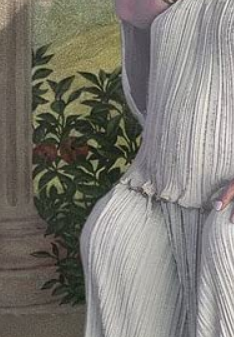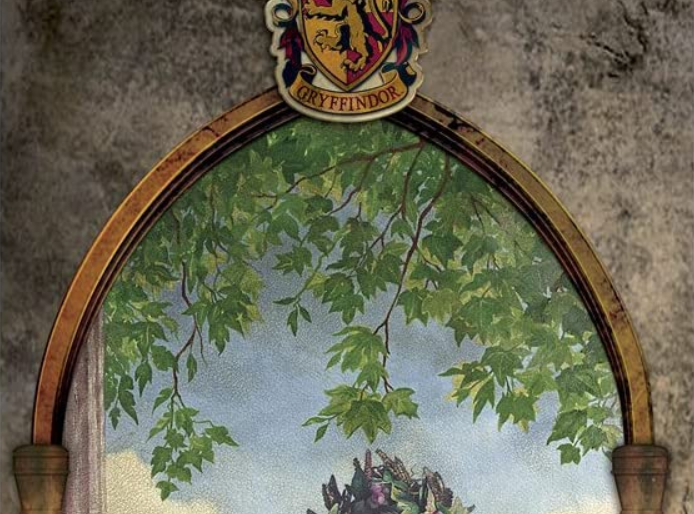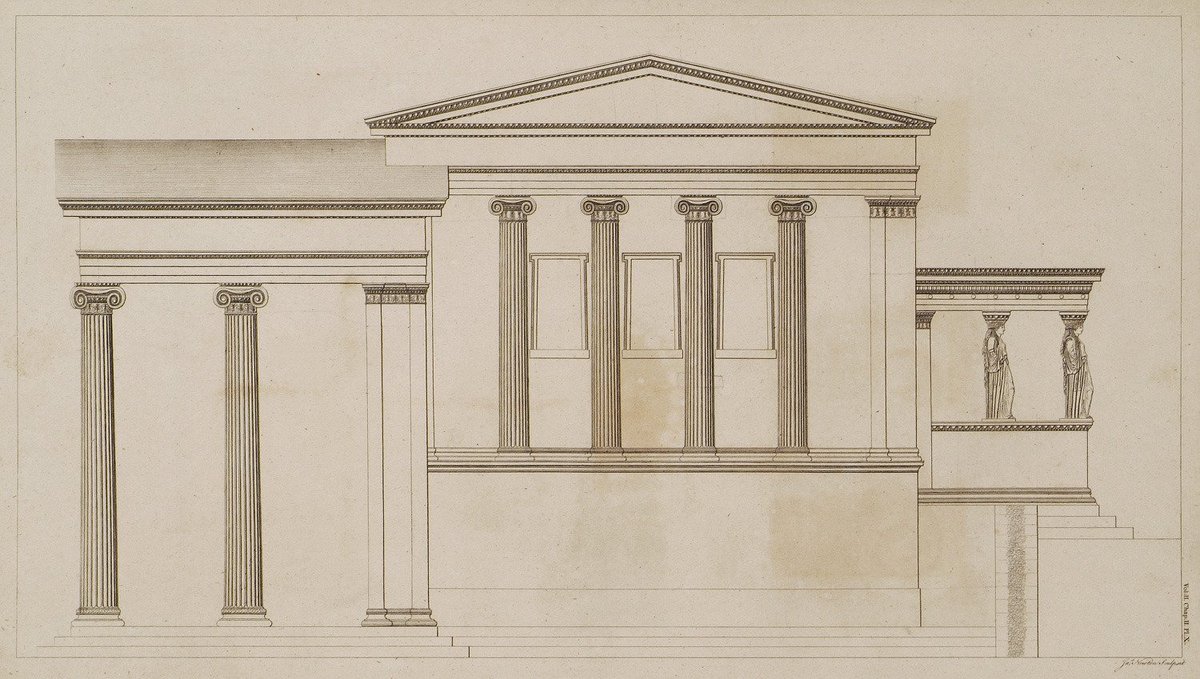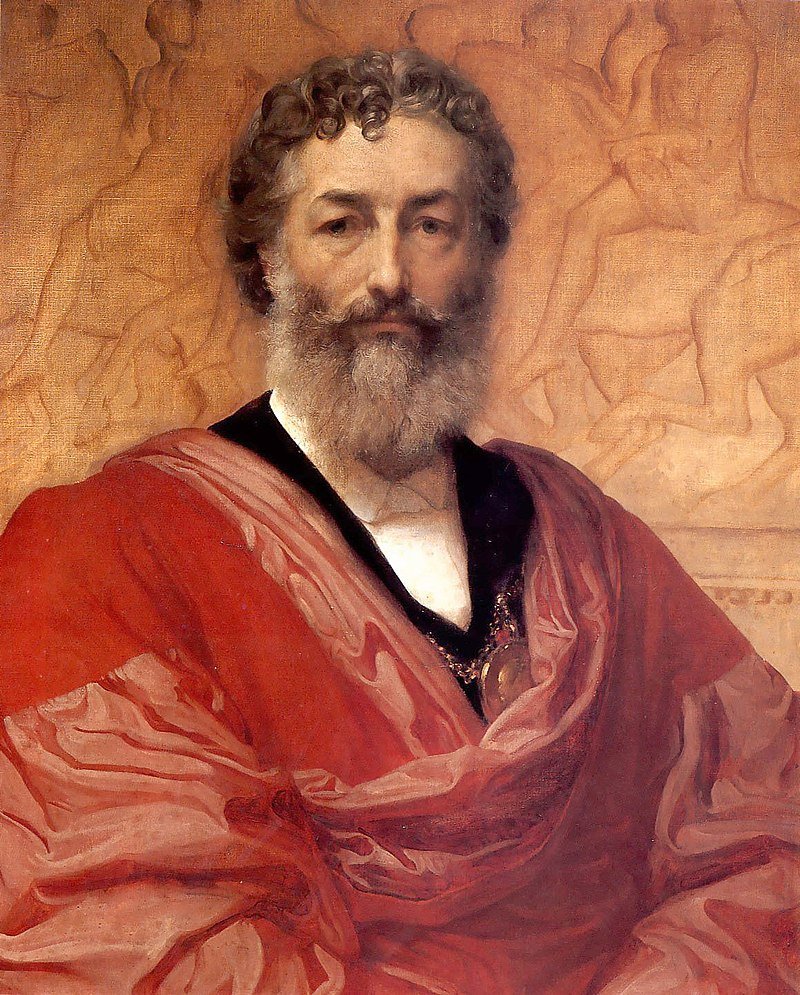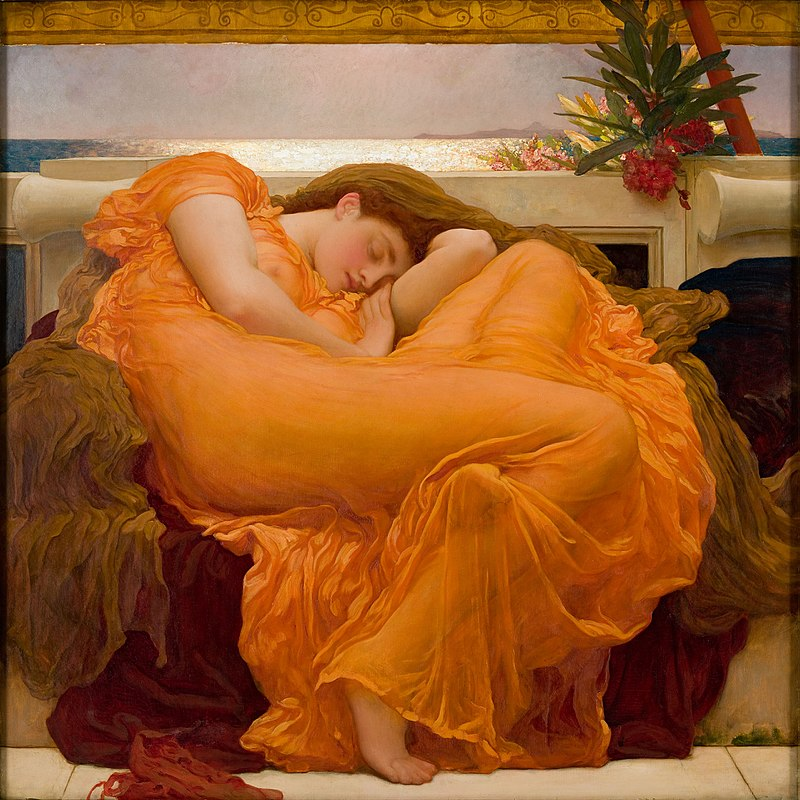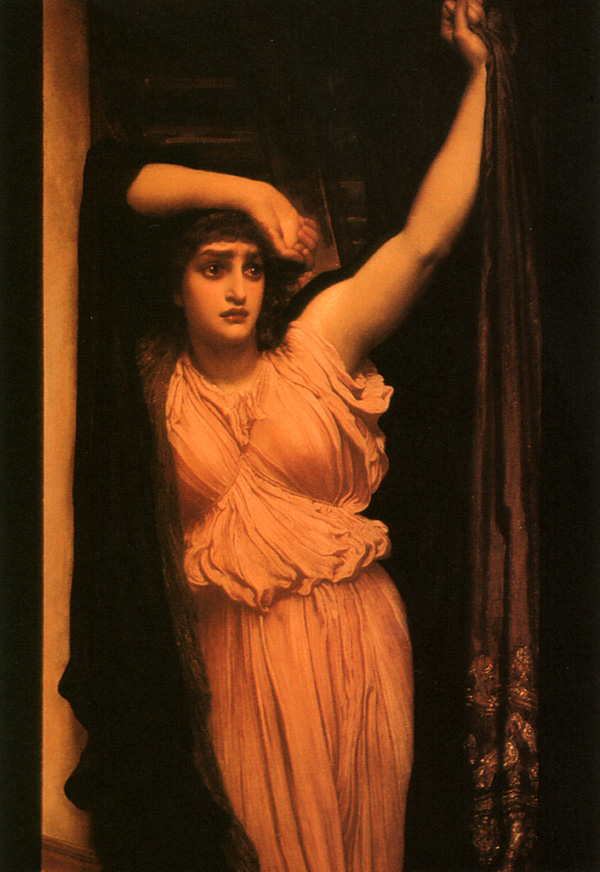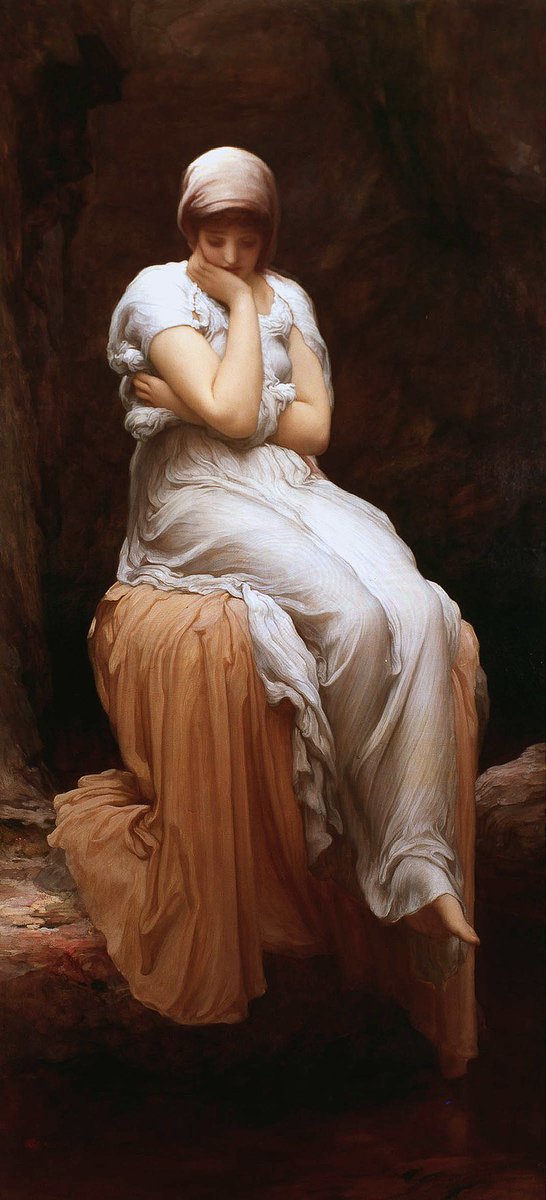Potterheads of all ages have been pondering about the origins and the date of the Fat Lady whose portrait gives access to Gryffindor Tower.
I'd like to provide you with some archaeological & art historical clues for better understanding this extraordinary figure. It's a thread.
I'd like to provide you with some archaeological & art historical clues for better understanding this extraordinary figure. It's a thread.
The Fat Lady poses againts a mediterrean landscape. The building in the background is easily recognizable as the Erechtheum on the Athenian acropolis seen from the West.
The roughness of the Acropolis has of course been sweetened to adopt a more Tuscan outlook.
The roughness of the Acropolis has of course been sweetened to adopt a more Tuscan outlook.
The famed Caryatid porch on the building's south side has been obliterated by the Painter. Perhaps the sitter didn't want other (slimmer?) women to be depicted in the background? I think, the reasons are a bit more complex.
Actually, the Fat Lady's attire is an interpretation of the Caryatid's dress (shown here by an original kore in Athens and a better preserved Hadrianic copy from Tivoli). Her chiton has been adapted by adding one button turning it from a sleeveless into a loosely sleeved one.
Her bracelets follow the classical models quite closely (cf. a fragment from the Rome copies and, again, the Tivoli copy). The capital, of course, has made way to a vegetal crown.
Equally telling are the differences: Though the Fat Lady presents herself as one of the Erechtheion korai, she does not wear the long, broad ponytail signaling their virgin status. In other words, the Fat Lady is not a parthenos.
And, contrary to what has been written ( https://harrypotter.fandom.com/wiki/Fat_Lady ) she does not belong to the Classical Period. The small bush of oranges behind her betrays her post-classical date.
Speaking of vegetal symbolism, note the platanus, or plane tree she is sitting under. In classical antiquity, this is a tree closely associated with the haunts of nymphs and the locus amoenus in general.
Can we date the painting? Actually, yes, and with some confidence. For one, the architecture of the Erechtheum wasn't really known until Stuart and Revett's Antiquities of Athens (1787), cf. their drawing of the west front which gives us a terminus post quem.
The mixture of classicizing & late medieval elements bears all the hallmarks of the Pre-Rapahaelites & their successors. Attributionwise, I'd be inclined towards Lord Leihgton (rather than Alma-Tadema) who, incidentally, used an acropolis-themed backdrop for his own self-portrait
Summing it up, we can place the Fat Lady with some confidence amongst the classically inspired and well-to-do sitters of the Victorian period. Quite some learning went into her stylization as not-so-virginal (i.e. married?) vegetal nymph of Athenian ascendancy.
For Potterstorians, by the way, this raises a dramatic question:
Who guarded Gryffindor Tower *before*, say, the mid-19th century? I leave the answer to that to more competent scholars. Thank you!
I leave the answer to that to more competent scholars. Thank you! 
Who guarded Gryffindor Tower *before*, say, the mid-19th century?
 I leave the answer to that to more competent scholars. Thank you!
I leave the answer to that to more competent scholars. Thank you! 

 Read on Twitter
Read on Twitter
